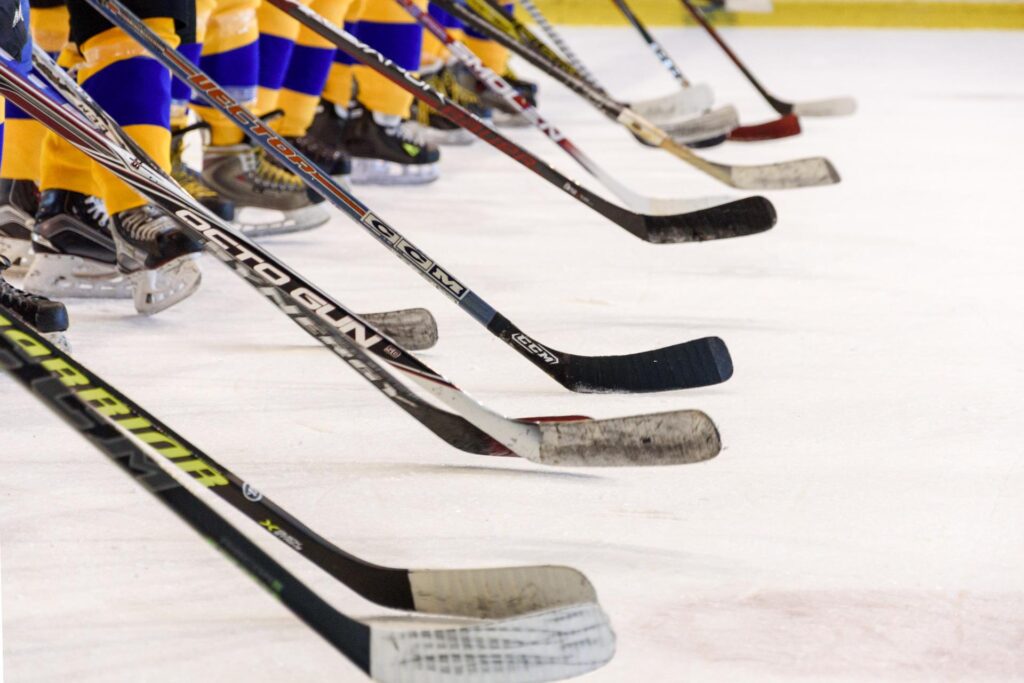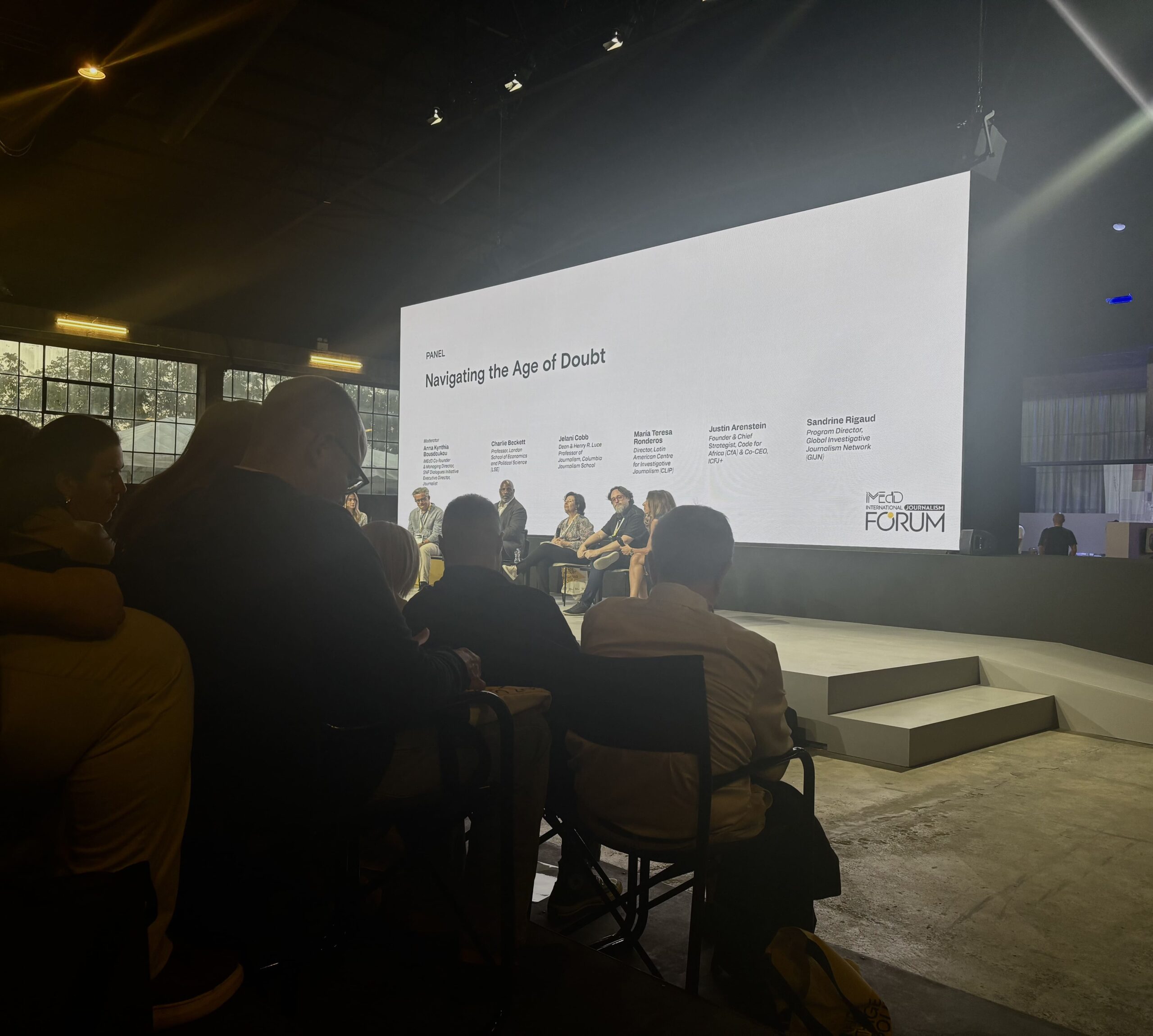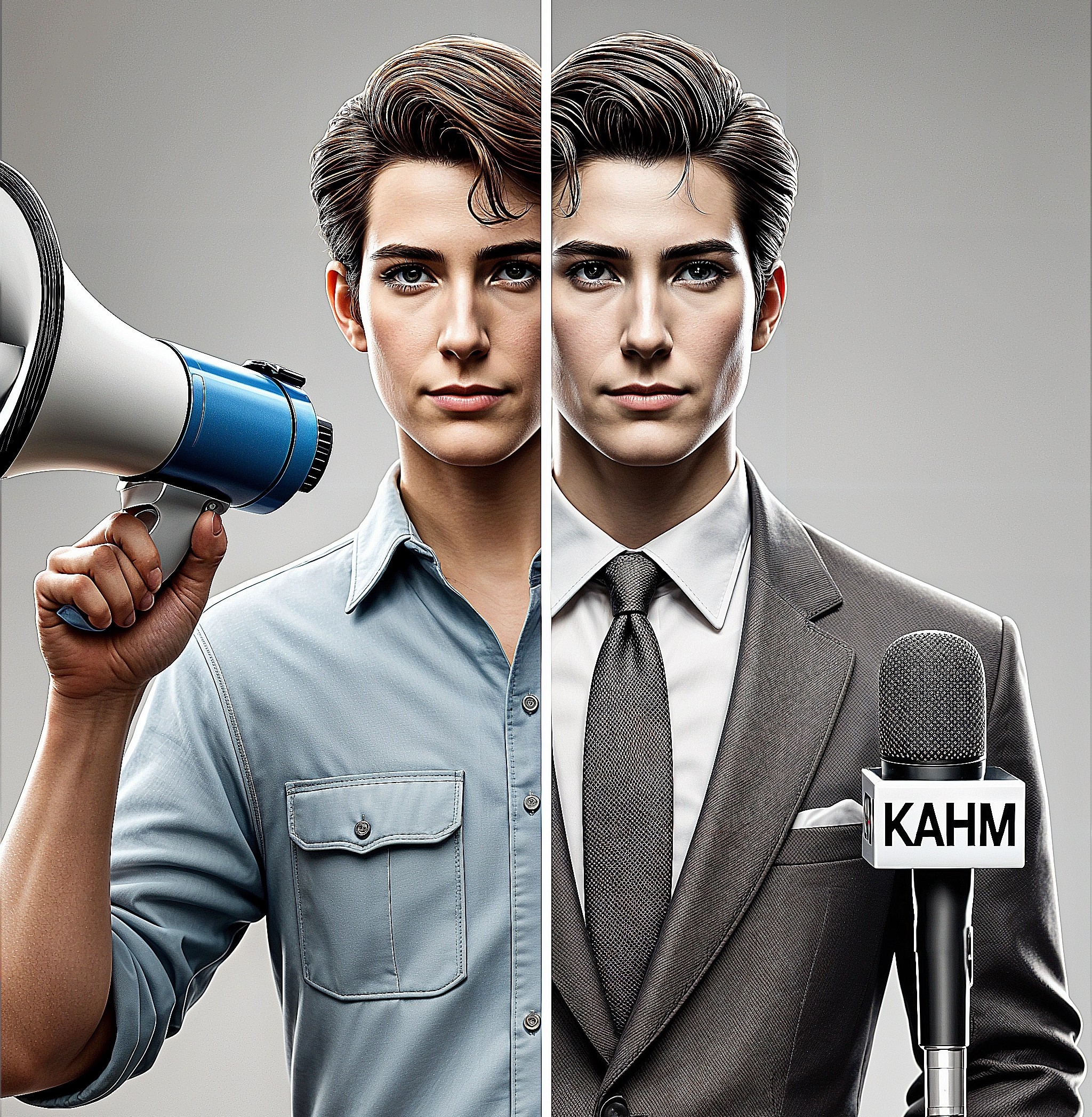(NEW YORK) — I know almost nothing about ice hockey and I have almost nothing in common with any professional ice hockey players. But there’s a quote from Pierre-Edouard Bellemare in a recent article by the Associated Press that hit me so hard. The article described the push for increased diversity in the National Hockey League (NHL), where minority players make up only 7 percent of all rosters, and Bellemare is quoted as saying this is, “Because, naturally you’re trying to mimic somebody that you can see yourself in.”
On paper, I don’t have much in common with Bellemare. He is a Black ice hockey player from France playing for the Tampa Bay Lighting. I am an Asian-American woman who — having grown up in Hawaiʻi — can barely ice skate in a straight line. (Although, I did take two years of high school French, so I, too, could also order a coffee in Paris.) But, his quote directly hit on something that I and many other minority children in the United States have thought about and wondered: Who can I become when I don’t see myself anywhere?
And it is true. When I think about an ice hockey player, I immediately think of a Canadian of European descent. I don’t picture Bellemare or Larry Kwong, the first non-white and Asian player in the NHL. But I had never thought about it until I read this article describing the significant ways the NHL is diversifying its teams and front office and the motivations behind doing so. There is no reason why I shouldn’t be able to picture that. I can easily think of figure skaters Kim Yuna and Surya Bonaly with her legendary backflip at the Nagano Olympics. Picturing their ice hockey counterparts should be just as easy.
Growing up I didn’t see myself in many places. There was Connie Chung on the news, Mulan in the Disney universe, and Lucy Liu angelically kicking butt. But not much else. I would have loved to see Chole Bennett and Simu Liu show me that I could be a superhero, have my own rom-com like “Crazy Rich Asians,” or dominate the music industry like Bruno Mars and Olivia Rodrigo. Would I have tried harder when I played tennis if I had known I could be Li Na?
My favorite pieces of journalism are the ones that give me something to reflect on and that fit nicely into the little pockets of my heart. There are so many stories about the ways institutions have and continue to fail persons of color in this country, followed up by small attempts to make things better, or what can feel like lip service. Often, I feel like those stories leave me with questions or make me grossed out by the wrong choice in the featured photo and the people chosen to speak. Instead, this story highlights the voices that need to be heard and reporter Stephen Whyno weaves throughout the story the idea that any representation can make a difference.
The article opens with an anecdote from Anson Carter, a Black retired hockey player, saying how many of his friends stopped playing hockey because it was “too white.” But Carter let his dreadlocks show under his helmet, and is described as being proud while saying, “You knew that I was Black.” Now, Carter’s friends have children playing hockey, because if Carter can play, why can’t they?
To see a sports league take steps to change a systemic problem is a nice change of pace. A cynic might point to the article’s description of the motivations behind this change — the NHL is trying to expand hockey’s influence and popularity in the US and abroad — as just a smart business decision. But, changing the face of what that sport looks like is a risk. Sports leagues are businesses. Traditionally, businesses have little incentive to make changes that could hurt the bottom line.
The article says the push for increased diversity is supported by the leadership of every team in the league, but those leaders are not heard from in the story. While the NHL is presumed to speak for all the teams, a quote from a team owner in support would have underscored the unified push that this article presents. Nevertheless, reading about a huge organization like the NHL starting to take steps to move the needle little by little is pretty awesome.
I know nothing about ice hockey, but reading this article makes me want to learn.


